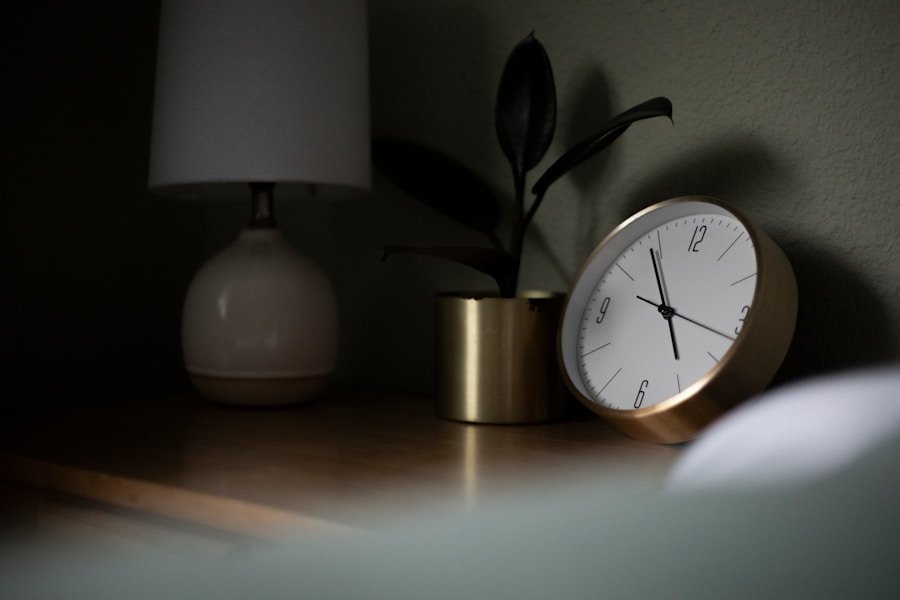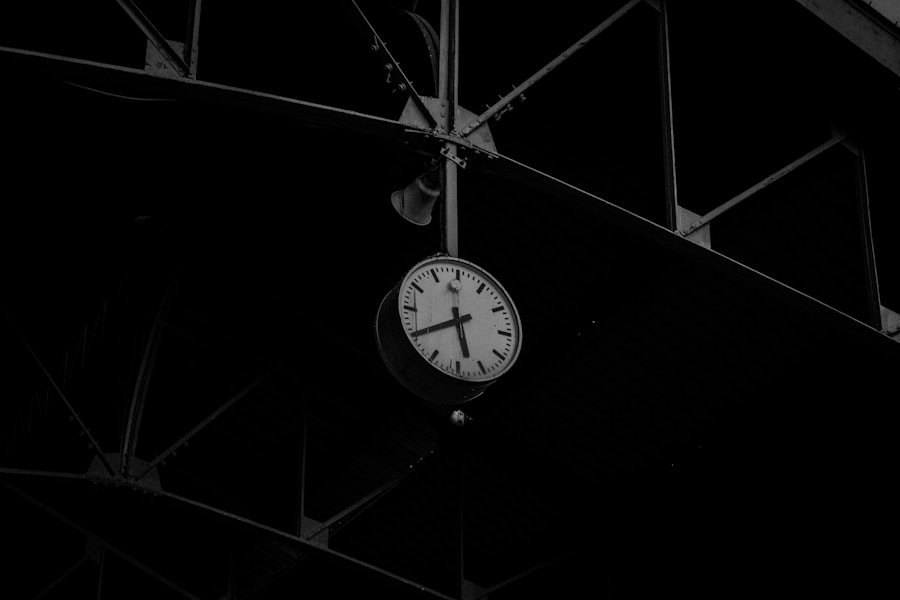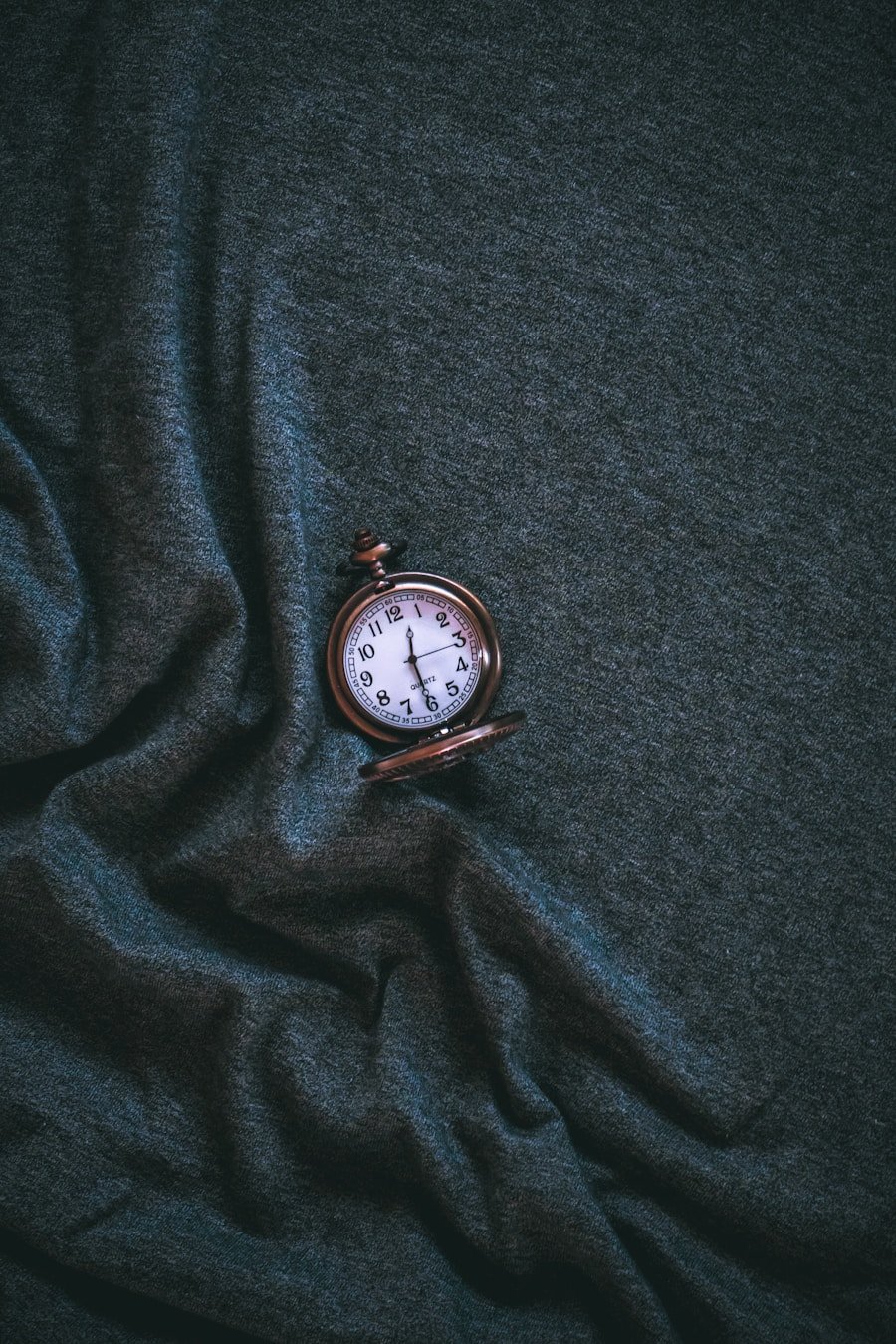This post may contain affiliate links. When you purchase through links on our site, we may earn an affiliate commission.
Circadian rhythms are fascinating biological processes that govern our daily cycles of sleep, wakefulness, and various physiological functions. These rhythms are essentially our internal clocks, operating on a roughly 24-hour cycle, and they are influenced by external cues such as light and temperature. I find it intriguing how these rhythms dictate not only when I feel alert or sleepy but also how my body functions at different times of the day.
The term “circadian” comes from the Latin words “circa,” meaning “around,” and “diem,” meaning “day,” which perfectly encapsulates the essence of these rhythms. At the core of circadian rhythms is the suprachiasmatic nucleus (SCN), a small region in the brain that acts as the master clock. This tiny cluster of neurons receives information about light from the eyes, allowing it to synchronize our internal clocks with the external environment.
I often marvel at how this synchronization affects my mood, energy levels, and even my metabolism. Disruptions to these rhythms, whether from shift work, travel across time zones, or irregular sleep patterns, can lead to a host of issues, including sleep disorders, decreased cognitive function, and even chronic health problems. Understanding these rhythms is crucial for anyone looking to enhance their overall well-being.
Key Takeaways
- Circadian rhythms are the body’s natural internal clock that regulates the sleep-wake cycle and other physiological processes.
- Disruptions to circadian rhythms can lead to decreased energy and productivity, as well as increased risk of health issues.
- Strategies for optimizing circadian rhythms include maintaining a consistent sleep schedule, getting exposure to natural light, and avoiding screens before bedtime.
- Creating a circadian rhythm-friendly environment involves controlling light exposure, keeping a comfortable room temperature, and minimizing noise and distractions.
- Nutrition and exercise play a crucial role in circadian rhythm optimization, with balanced meals and regular physical activity helping to regulate the body’s internal clock.
The Impact of Circadian Rhythms on Energy and Productivity
The influence of circadian rhythms on my energy levels and productivity is profound. I have noticed that my most productive hours often align with specific times of the day when my body is naturally inclined to be alert. For instance, I tend to feel a surge of energy in the late morning, which is when I find it easiest to tackle complex tasks or engage in creative thinking.
Conversely, I often experience a dip in energy during the early afternoon, a phenomenon commonly referred to as the “afternoon slump.” Recognizing these patterns has allowed me to structure my day more effectively. Moreover, research supports the idea that our cognitive performance is closely tied to our circadian rhythms. Studies have shown that individuals who align their work schedules with their natural biological clocks tend to perform better and experience higher levels of satisfaction in their tasks.
I have found that when I respect my body’s natural inclinations—taking breaks during low-energy periods and focusing on demanding tasks when I feel most alert—I not only accomplish more but also enjoy the process significantly more. This alignment between my internal clock and my daily activities has been a game-changer in enhancing my productivity.
Strategies for Optimizing Circadian Rhythms

To optimize my circadian rhythms, I have adopted several strategies that have proven effective over time. One of the most impactful changes I made was establishing a consistent sleep schedule. Going to bed and waking up at the same time every day has helped regulate my internal clock, making it easier for me to fall asleep and wake up feeling refreshed.
I have learned that even on weekends, maintaining this routine can prevent disruptions that might throw off my rhythm for the entire week. Another strategy I have found beneficial is exposure to natural light during the day. I make it a point to spend time outdoors, especially in the morning, as sunlight helps signal to my body that it’s time to be awake and alert.
Conversely, I limit exposure to artificial light in the evening, particularly blue light from screens, which can interfere with melatonin production and disrupt my ability to fall asleep. By creating a balance between light exposure and darkness, I have noticed significant improvements in both my sleep quality and daytime alertness.
Creating a Circadian Rhythm-Friendly Environment
| Factors | Impact |
|---|---|
| Natural light exposure | Regulates circadian rhythm |
| Avoiding blue light at night | Improves sleep quality |
| Regular sleep schedule | Stabilizes circadian rhythm |
| Avoiding caffeine and heavy meals before bedtime | Promotes better sleep |
Creating an environment conducive to maintaining healthy circadian rhythms has been another essential aspect of my journey toward better well-being. I have taken steps to ensure that my bedroom is a sanctuary for sleep. This includes keeping the room dark, quiet, and cool—conditions that promote restful sleep.
I invested in blackout curtains to block out any external light and used white noise machines to mask disruptive sounds. These changes have made a noticeable difference in my ability to fall asleep quickly and stay asleep throughout the night. Additionally, I have made adjustments to my workspace to enhance productivity during my peak energy hours.
For instance, I ensure that my workspace is well-lit during the day to mimic natural light conditions. This not only helps me stay alert but also boosts my mood and motivation. On days when I feel particularly sluggish, I incorporate short bursts of physical activity or take brief walks outside to re-energize myself.
By tailoring my environment to support my circadian rhythms, I have created a space that fosters both productivity and relaxation.
The Role of Nutrition and Exercise in Circadian Rhythm Optimization
Nutrition and exercise play pivotal roles in optimizing circadian rhythms, and I have made conscious choices in both areas to support my overall health. I have learned that what I eat can significantly impact my energy levels throughout the day. For instance, consuming a balanced breakfast rich in protein and healthy fats helps me maintain steady energy levels until lunchtime.
On the other hand, heavy meals or excessive sugar intake can lead to energy crashes that disrupt my focus and productivity. Exercise is another crucial component of maintaining healthy circadian rhythms. Engaging in regular physical activity not only boosts my mood but also helps regulate my sleep patterns.
I have found that exercising earlier in the day tends to energize me for hours afterward, while evening workouts can sometimes interfere with my ability to wind down before bed. By paying attention to how different types of exercise affect my body at various times of day, I can better align my physical activity with my circadian rhythms for optimal results.
Implementing a Daily Routine to Maximize Energy and Productivity

Morning Rituals for a Positive Start
I start each day with a morning ritual that includes hydration, light stretching, and mindfulness practices such as meditation or journaling. This routine not only sets a positive tone for the day but also helps me connect with my body and mind before diving into work.
Task Prioritization and Breaks for Optimal Energy
Throughout the day, I prioritize tasks based on my energy levels. For example, I tackle high-concentration work during my peak hours in the late morning while reserving less demanding tasks for times when I know my energy will dip. Additionally, I incorporate regular breaks into my schedule—short walks or moments of stretching—to recharge both physically and mentally.
Optimizing Circadian Rhythms for Overall Well-being
By being intentional about how I structure my day around my circadian rhythms, I have experienced increased focus, creativity, and overall satisfaction in both my personal and professional life. In conclusion, understanding and optimizing circadian rhythms has become an integral part of my approach to health and productivity. By recognizing how these biological processes influence my daily life, I have been able to make informed choices regarding sleep, nutrition, exercise, and environmental factors. As I continue to refine these strategies, I am excited about the potential for even greater well-being and fulfillment in all aspects of life.
If you’re looking to optimize your circadian rhythm, you may also be interested in creating a cozy and inviting space to relax and unwind. A To Z Cozy Corner offers a variety of articles on room renovation and beautiful festive decor ideas that can help transform your space into a sanctuary of warmth and joy. Check out their article on room renovation fresh ideas for some inspiration on how to create a cozy atmosphere that promotes better sleep and overall well-being.
FAQs
What is circadian rhythm?
Circadian rhythm is the natural, internal process that regulates the sleep-wake cycle and repeats roughly every 24 hours. It is influenced by external cues such as light and temperature.
Why is it important to optimize circadian rhythm?
Optimizing circadian rhythm is important for overall health and well-being. A well-regulated circadian rhythm can improve sleep quality, mood, cognitive function, and overall physical health.
What are some techniques for optimizing circadian rhythm?
Some techniques for optimizing circadian rhythm include maintaining a consistent sleep schedule, exposing oneself to natural light during the day, avoiding screens and bright lights before bedtime, and practicing relaxation techniques to reduce stress.
How does diet and exercise affect circadian rhythm?
Diet and exercise can influence circadian rhythm. Eating meals at consistent times and avoiding heavy meals close to bedtime can help regulate the body’s internal clock. Regular exercise can also help regulate circadian rhythm and improve sleep quality.
Can technology be used to optimize circadian rhythm?
Yes, there are various technologies available that can help optimize circadian rhythm, such as light therapy lamps, sleep tracking devices, and apps that provide guidance on sleep hygiene and relaxation techniques.

 using WordPress and
using WordPress and 
No responses yet